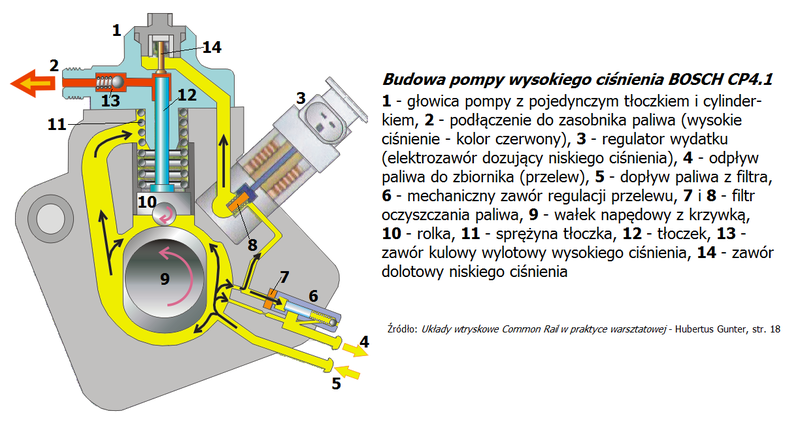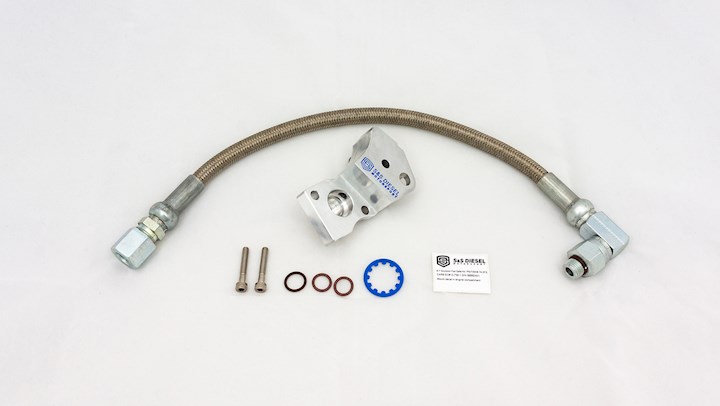I noticed these filters are marketed for CP4 american trucks, which prevent the pump failure from damaging the rest of the fuel system. Has anyone looked into this, and would it fit on our common rail TDI engines?
Exergy System Saver E05 10505 Improved Inlet Metering Valve (FCA/MPROP) LML
 dirtyhookerdiesel.com
dirtyhookerdiesel.com
Exergy System Saver E05 10505 Improved Inlet Metering Valve (FCA/MPROP) LML
Exergy LML System Saver E05-10505
GMC, GM, Chevrolet, Chevy, Dirty Hooker Diesel, Turbo Tony, DHD, Duramax, Diesel Performance, Sierra, Silverado, Horsepower, Horse power, turbo, Torque, DHD, Diesel, high performance, exergy, injectors, over, fuel









